Fr. Joseph Marabe breaks silence over Simbang Gabi ban (Part 2)
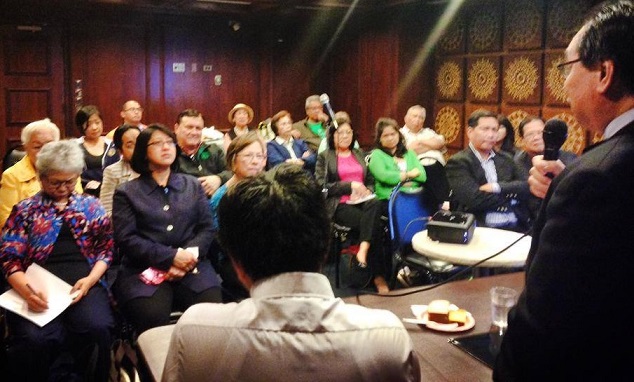
Consul General Mario de Leon Jr. convenes a meeting of the Simbang Gabi stakeholders immediately after the ban was overturned.
When the Simbang Gabi Masses were banned from the Philippine Center in 2011 during the holiest time of the Christian calendar, some Filipino Americans harbored angry, unholy thoughts about the decision by the Archdiocese of New York.
The Simbang Gabi, the tradition of celebrating dawn Masses (In the U.S., Filipinos hear Simbang Gabi at night) for nine consecutive days before Christmas, was abruptly terminated because it had supposedly violated Canon Law, which states that Mass shall only be performed in a house of worship.
The Philippine Center on 556 Fifth Avenue in Manhattan, houses the Philippine Consulate and is the location for many diplomatic events. This place that has been the location for the Masses for 26 years has also hosted a plethora of community events, such as musical concerts, children’s language classes, book readings, fashion shows, and fundraisers. For the Simbang Gabi, the Philippine Center’s Kalayaan Hall converts to a solemn place with a moveable altar and rows of leather banquet chairs.
The ban was met with anger and confusion. And some speculated who was responsible for the stoppage. Fingers were pointed at Rev. Dr. Joseph G. Marabe, a priest-in-residence at Saint Patrick’s Cathedral and also the head of the Chapel of San Lorenzo Ruiz, a small church located in Chinatown on Broome Street that is officially dedicated to the Filipino community, and named after the first Filipino saint.
With less than two months before Simbang Gabi, which returns to the Philippine Center after a two-year absence, Marabe recently addressed questions about the controversial ban.
“It’s not allowed by law to have Holy Mass in an unconsecrated place. Worship should take place in a sacred place,” he told The FilAm on why the ban occurred. “That was an explanation but not a decision. The Archdiocese decides.”
Community leaders anonymously spoke to The FilAm on how the appeals and the back-channel negotiations went on involving consulate officials and the 27 FilAm organizations on one side, and the Archdiocese on the other.
The Simbang Gabi camp talked about a series of letters sent to the Archdiocese appealing the decision and how some of those letters may have been intercepted and never reached the Archdiocese at all.
“There was no mention of any letter received in our meetings,” said one community leader involved in the negotiations. “It’s like they never received any of our letters.”
Many of the letters would argue why the Simbang Gabi Masses, need to continue at the Philippine Center: “The Simbang Gabi masses are held at the Philippine Center not only because of logistical concerns but more importantly because it is a place which community members feel best approximates the environment for a community fellowship in the celebration of the Holy Mass and also for the traditional socio-cultural aspects of this time-honored ritual.
“The Philippine Center is for many in the community the closest we will ever be to our country and our own local communities in the Philippines.”
But some believe it was an impassioned appeal by community leader and philanthropist Loida Nicolas-Lewis about the “flock being with their shepherd” that may have led to the decision being reversed.
“After that letter from Loida, the ban was reversed,” said another member involved in the negotiations.
Father Patrick Longalong, who is part of the group that argued for the Simbang Gabi at the Consulate, said the Church keeps an open mind and listens to well-argued reason.
“Like most of the things in Canon Law, you can always request for dispensation. If you take a look at many of the events happening around the world, some masses are celebrated outside of church because there is a need, and if the mass is done respectfully, done at a place that is dignified, and done with reverence (it will be granted),” he said in a recent interview by The FilAm.
When the Simbang Gabi was banned from the Center, the consulate and a downcast community altered its yearly tradition and went with the “Panunuluyan,” a dramatization of the biblical narrative where Joseph, Mary and baby Jesus look for a place to stay for the night. For two years, the folk tradition took the place of the dawn Masses. As it did not contain the traditional elements of the Mass, it was deemed not in violation of Canon Law and therefore could continue at the Center.
“We re-introduced the Filipino tradition to our kababayans in New York,” said Vivian Talambiras-Cruz, who is chairman of the Coalition of Philippine Schools Alumni Associations, one of the 27 organizations that lobbied for the Simbang Gabi to return to the Consulate. “The Panunuluyan at the Philippine Center is a continuation of long-held and beloved Filipino tradition – families getting together during Christmas, marked by singing, some salu-salo, etc.”
Despite the altered move, people were still upset and asked questions. How did that decision come about? If there was a violation of Canon Law, why were sanctions being enforced only after 26 years? Was this a furtive attempt to remove the tradition away from the Philippine Center? Where will the community gather for the Simbang Gabi?
The Chapel of San Lorenzo Ruiz, became the logical alternative, and Fr. Marabe became a target of speculation. However, the chapel is quite small and not accessible, according to some leaders. Many thought the Philippine Center is larger and more centrally located for many of the churchgoers.
And as one Simbang Gabi leader told The FilAm, “The consulate is like our home away from home. We’re very sentimental; we want our tradition of 26 years to continue there.”
Marabe acknowledged the accusations towards him and said it was understandable because he is a Canon lawyer who advises the Archdiocese, who ultimately decides, he emphasized repeatedly during the interview. He said he was not the only Filipino priest within the Archdiocese who had questioned why the Masses were not being held in a church.
With the ban now lifted after much petitioning and the Simbang Gabi allowed to continue at the Philippine Center this December, the community felt it was time to bury the issue.
Marabe said the San Lorenzo Ruiz chapel will be holding its own Simbang Gabi this year with one big event at Saint Patrick’s Cathedral, which is estimated to attract 3,000 people.
Part 1: Why Filipinos shy away from Chapel of San Lorenzo Ruiz dedicated to them
The FilAm’s Investigative Reporting Project is made possible through the generous support of our readers and contributors including the following:
Consuelo Almonte
Melissa Alviar
Amauteurish.com
Bessie Badilla
Sheila Coronel
Joyce and Arman David
Menchu de Luna Sanchez
Kathleen Dijamco
Jen Furer
Marietta Geraldino
Dennis Josue
Lito Katigbak
Rich Kiamco
Monica Lunot-Kuker
Michael Nierva
Lisa Nohs
Cecilia Ochoa
Rene & Veana Pastor
John Rudolph
Roberto Villanueva
2 anonymous donors
Sharon Adarlo is a freelance writer and artist based in Newark, New Jersey. Her writings have appeared in the Wall Street Journal, The Star-Ledger, Al Jazeera America, the Daily Beast, the Awl, and other publications. Follow her at sharonadarlo.com.

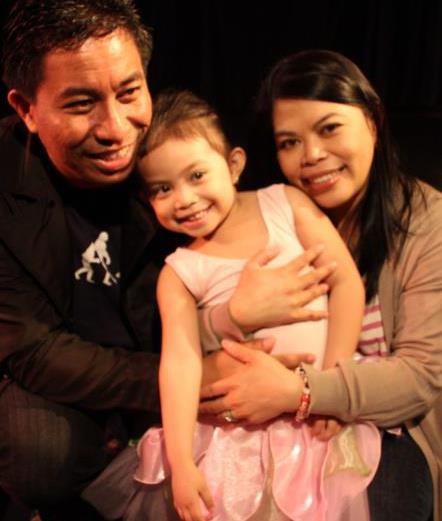
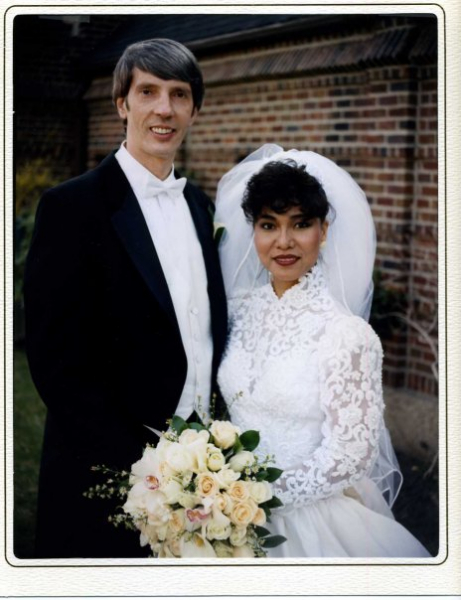
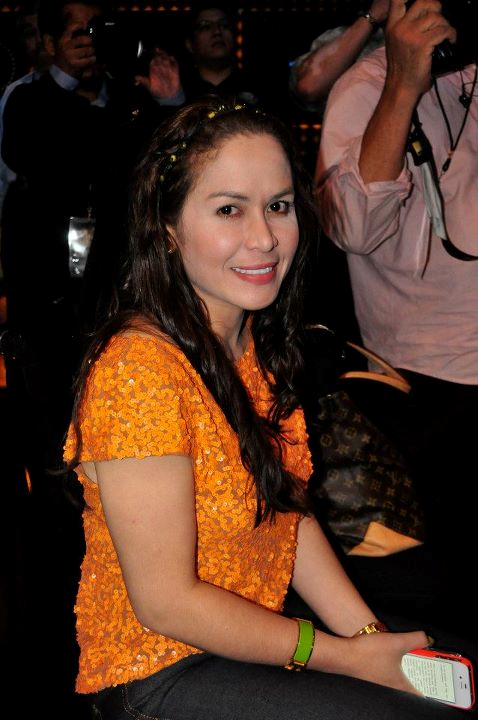
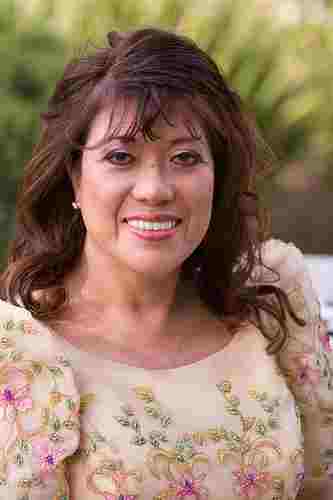
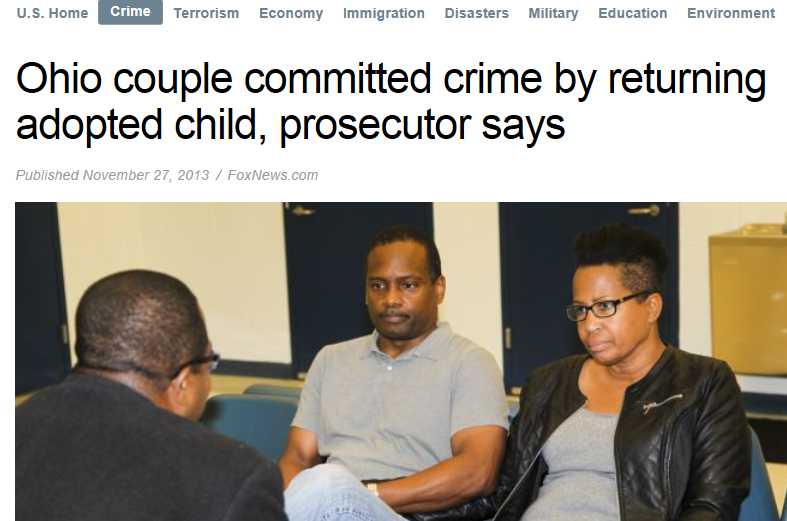
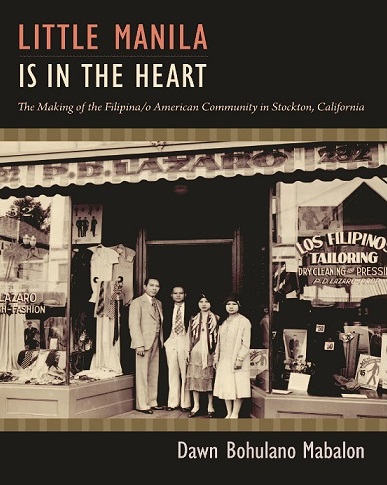
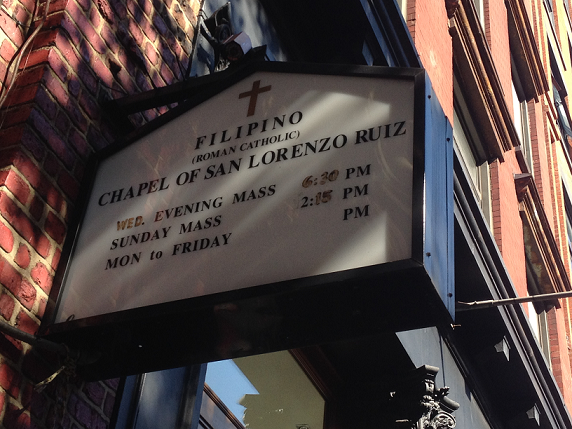
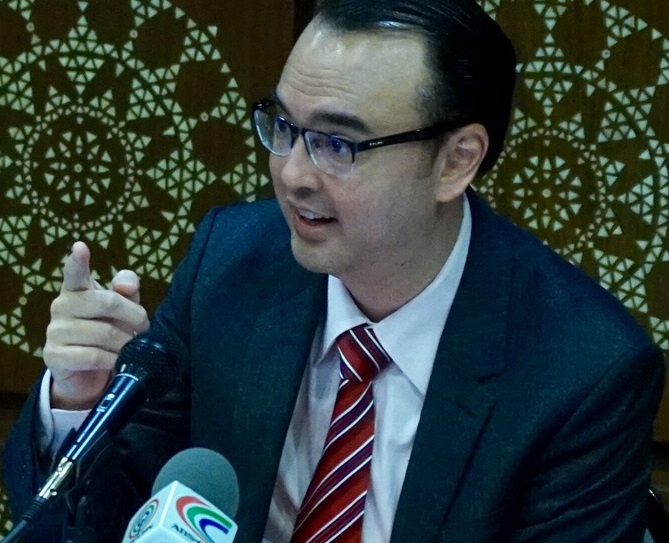
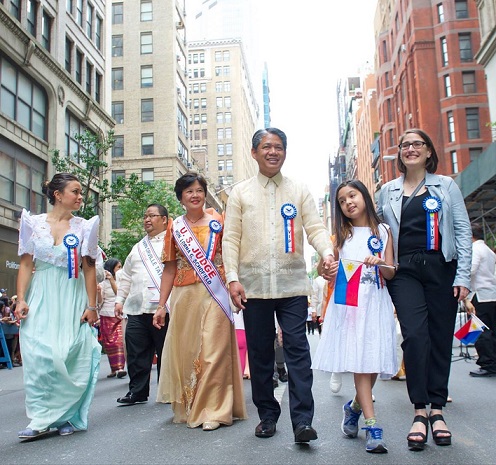
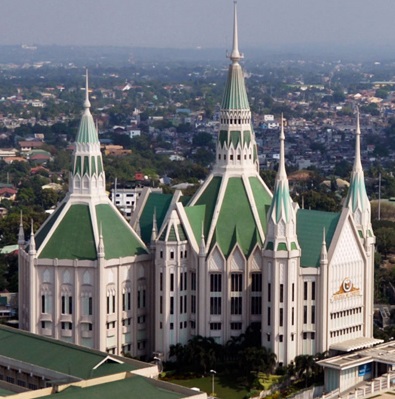
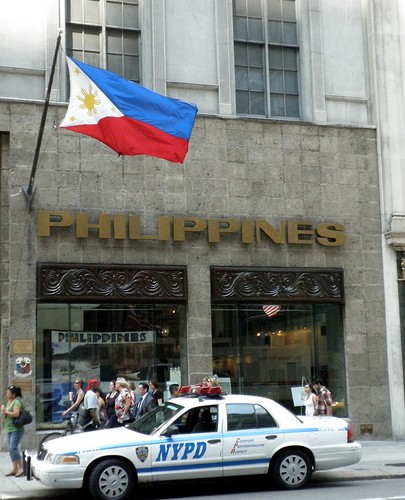
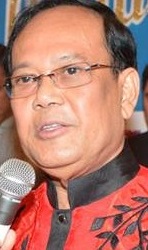

[…] Fr. Joseph Marabe breaks silence over Simbang Gabi ban (Part 2) […]